 Search keywords:
Bacterial Manure Foliar Fertilizer Manufacturer Aminoacid Foliar Fertilizer
Search keywords:
Bacterial Manure Foliar Fertilizer Manufacturer Aminoacid Foliar Fertilizer
Welcome to Shandong Haidailvzhou Biology!

 Search keywords:
Bacterial Manure Foliar Fertilizer Manufacturer Aminoacid Foliar Fertilizer
Search keywords:
Bacterial Manure Foliar Fertilizer Manufacturer Aminoacid Foliar Fertilizer
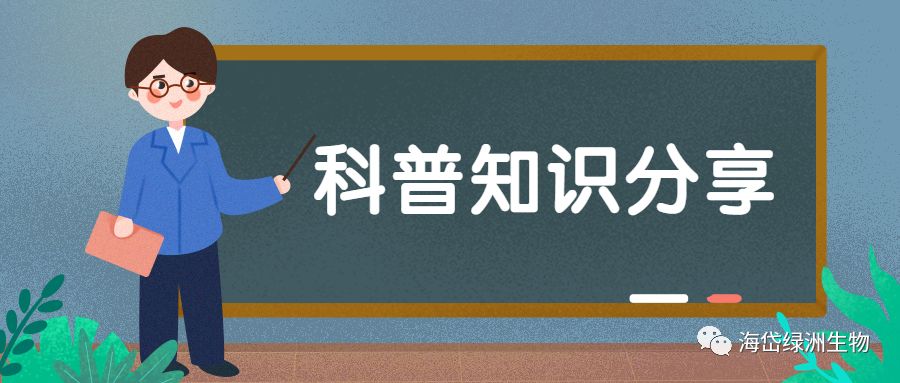
With the gradual drop in temperature and snowstorms, some areas have begun to snow, which will cause damage to garden plants to varying degrees. As a garden worker, you should understand relevant knowledge in advance to be prepared!
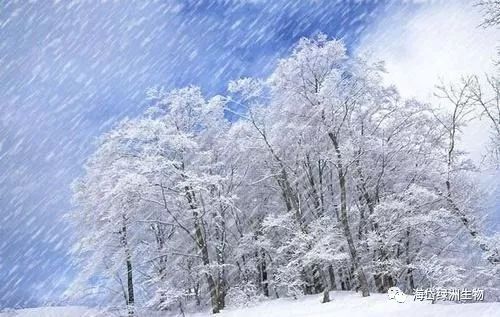
How to heal the seedlings after the snow?
The damage caused by heavy snow to the seedlings is very serious, which can be divided into two aspects: "hard injuries" and "soft injuries":
"Hard injuries" refer to "traumatic" injuries such as direct crushing or crushing of branches by heavy snow, just like "fractures" of humans and animals; "soft injuries" refer to the tree trunks of seedlings caused by artificial snow melting and drainage due to snow disasters. Hidden damage to the roots.
However, whether it is a "hard injury" or a "soft injury", it will cause growth difficulties and damage to the seedlings. In serious cases, there will be death threats when the spring blossoms, so you can't take it lightly!
In general, pay attention to the method of healing seedlings after the snow.
For "hard damage" seedlings
For those tree seedlings that cause "hard injuries", they must be "plasticized" in time, and they cannot be "lack of arms and legs" and look embarrassed.

① Prune the broken branches in time, and pay attention to leaving suitable branches or sprouts, so as to use these remaining parts to spit out branches and develop new vitality to make the seedlings flourish after the disaster.
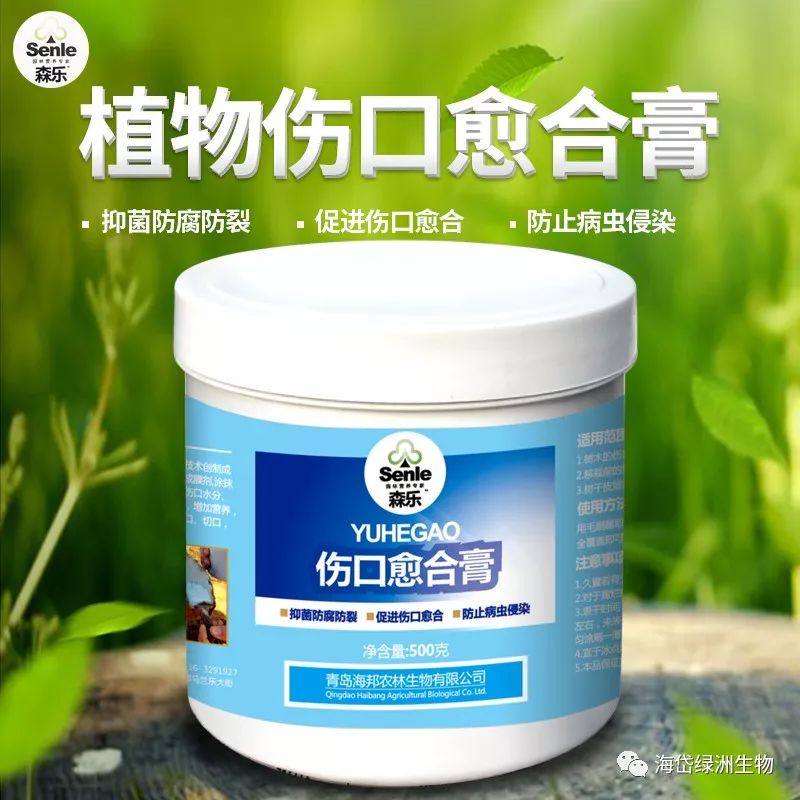
For "soft injury" seedlings
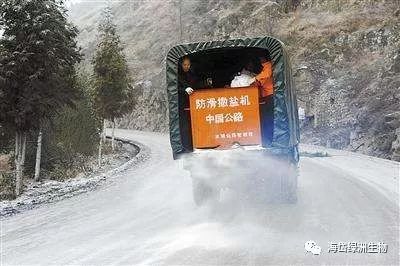
① Prune the broken branches in time, and pay attention to leaving suitable branches or sprouts, so as to use these remaining parts to spit out branches and develop new vitality to make the seedlings flourish after the disaster.
② If the broken branch is severely injured, when pruning and removing the broken trunk, you should also apply wound healing cream (used above 0°C) to the cut part of the broken tree. One way to do this is to prevent and control the seepage and overflow of the sap, which will cause loss of nutrients to the main body of the tree, which is not beneficial to the recovery of the tree after injury. Second, it can prevent the damaged parts of the trunk from suffering secondary frostbite and cause new damage to the trunk and branches.
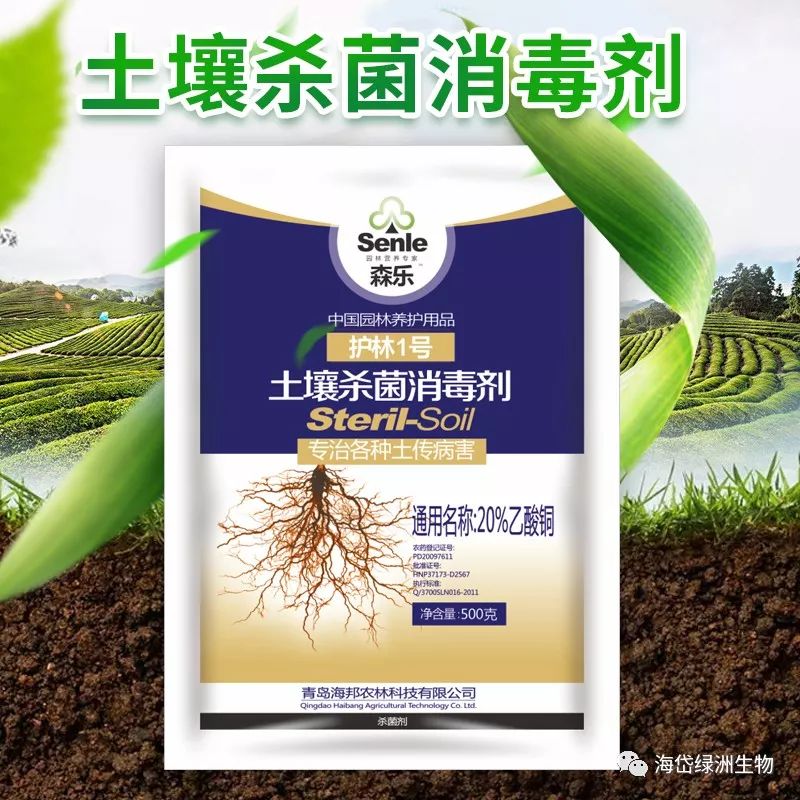
"Replenishing" the heavy snow disaster not only caused trauma and frost damage to the tree trunks and branches of the seedlings, but also infiltrated a large amount of surface and groundwater. These flowing water systems took away a large amount of nutrients originally stored in the soil and the roots of the seedlings, giving the seedlings "spring hair" in the coming year. Brings undernourishment. Taking "replenishing" measures is to timely add nutrients to the green seedlings and apply appropriate fertilizers so that they can gradually accumulate and convert energy during the recovery process, and they will be thriving in the early spring and February.
TOP